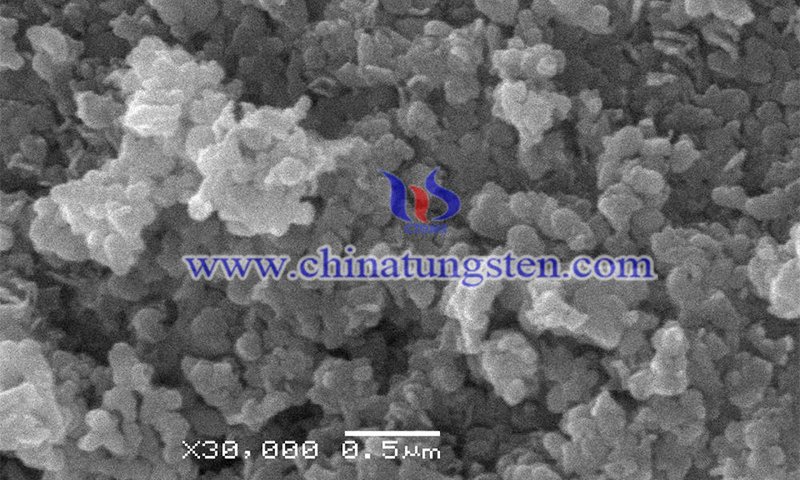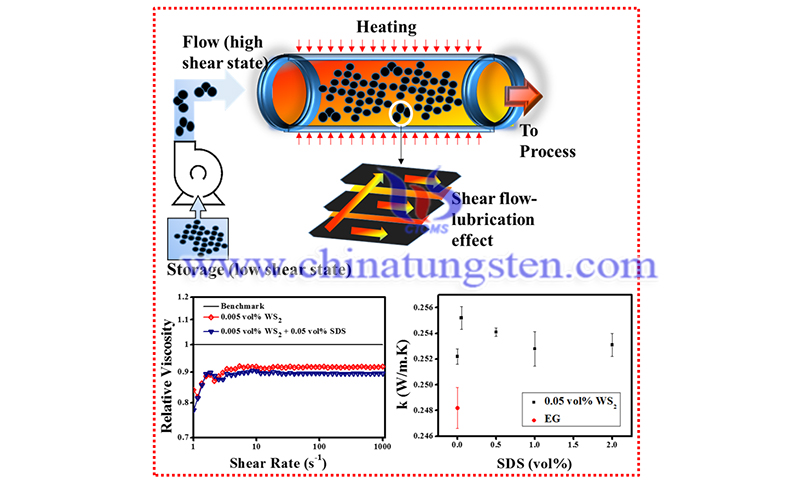Application of Tungsten Disulfide Nanomaterials (WS2NM) in Biosensors and Nanomedicine
- Details
- Category: Tungsten Information
- Published on Thursday, 11 August 2022 11:07
Tungsten disulfide nanomaterials (WS2NM) are new nanostructures that could be a new option for biosensors and nanomedicine. Tungsten disulfide (WS2) is a transition metal disulfide. Recently, WS2NM such as WS2 nanotubes, nanoparticles, quantum dots, and WS2-based nanocomposites have been used in several medical and bioscience studies.
Tungsten disulfide nanomaterials present chemical, physical, optical, and electronic properties that can be utilized in a range of different applications. In a recently published article, the chemical-physical related properties of tungsten disulfide nanostructures are discussed and reported, as well as major achievements in biomedical research and biosensors using such nanomaterials and related composites, especially those involving electrochemical biosensors, optical biosensors, biomedical imaging, photothermal therapy, radiotherapy, tissue engineering and biocompatible anticancer agents and antimicrobial agents.

(Picture source: ssnano.com)
Over the past few decades, nanomaterials have been used in a number of multidisciplinary sciences, including materials science, environmental science, food industry, cosmetics, and medical science. The advantages of nanotechnology have enhanced the ability to develop physicochemical properties of materials that can be used in biomedical fields such as diagnostics, drug delivery, nano-implants, bacterial therapy, and cancer treatment.
Various metal nanoparticles have been widely used for a wide range of the above-mentioned targets. Recently, there has been an increase in the synthesis and application of tungsten disulfide nanomaterials (WS2NM) and related nanostructures in biomedicine, particularly in diagnostics and therapeutics.
Tungsten disulfide (WS2 is a member of group 6 transition metal disulfides (G6- TMDs), including MoS2, MoSe2, MoTe2, WS2, and WSe2, and consists of two parts, the first part being the transition metals (Mo, W, Nb, etc.) and the second part being the chalcogenide (S, Se, Te). Tungsten (W) is the heaviest transition metal in the family of transition metal disulfides (TMDCs), and because W is less toxic and less expensive than Mo, tungsten has the potential for a wide range of applications in research and industry. As a transition metal disulfide, tungsten disulfide has excellent electronic, thermal, magnetic, and optical properties due to its special structure.
Up to now, several WS2-based nanomaterials with different structures (nanotubes, quantum dots, nanoparticles, nanotubes, nanosheets, hybrid nanomaterials, and nanocomposites, etc.) have been synthesized based on the special chemical-physical structure of tungsten. On the other hand, WS2 nanomaterials have received a lot of attention from scientists in medical research due to their excellent optical activity, good electrical conductivity, biocompatibility, and low toxicity stemming from their high chemical and physical stability and ease of functionalization by organic and inorganic chemicals and bioactive molecules or atoms.

(Picture source: mdpi.com)
Although WS2NM has been increasingly used in medical research, there is no comprehensive overview of its application in nanomedicine. In this recent review, the available methods for medical research applications of WS2 NM are summarized, as well as the techniques used in studies evaluating the biological and medical effects of WS2NM, and the results obtained are discussed.
Cited article: Niknam S., Ahmad Dehdast S., Pourdakan O., Shabani M., Kazem Koohi M. Tungsten Disulfide Nanomaterials (WS2NM) Application in Biosensors and Nanomedicine, A review. Nanomed Res J, 2022; 7(3): 214-226. DOI: 10.22034/nmrj.2022.03.001
- Tungsten Manufacturer & Supplier, Chinatungsten Online: www.chinatungsten.com
- Tungsten News & Prices of China Tungsten Industry Association: www.ctia.com.cn
- Molybdenum News & Price: news.molybdenum.com.cn
- Tel.: 86 592 5129696; Fax: 86 592 5129797; Email: sales@chinatungsten.com



 sales@chinatungsten.com
sales@chinatungsten.com